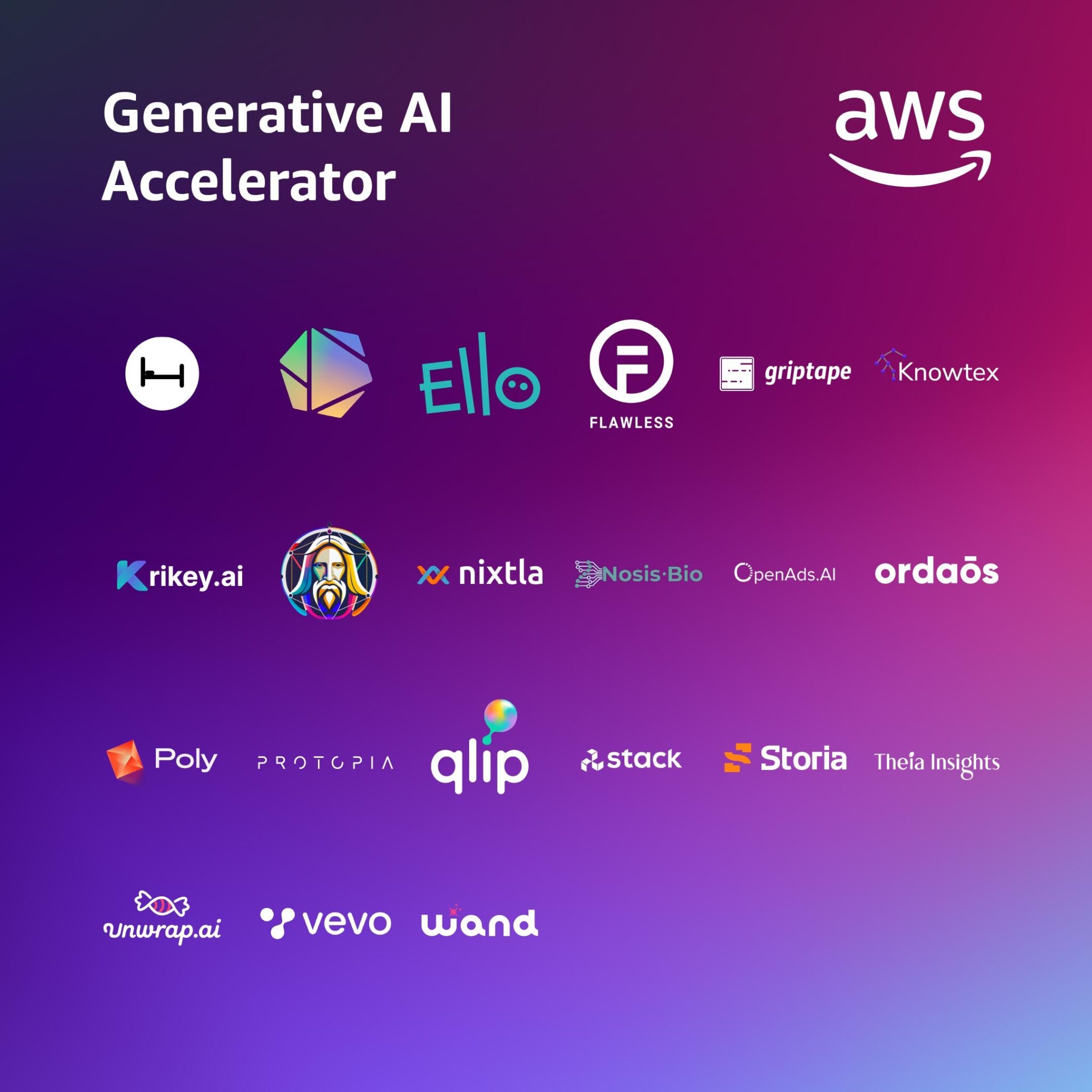
Defining the Critical Steps for a Smooth AI Product Launch

AI product launch is complex. Yet, it can also be rewarding. Defining steps for smooth AI product launch is key to success. In today’s landscape, creators want effective strategies for introducing innovation. They also want to ensure market adoption and longevity. This blog post will guide you through elements that help in a successful AI product launch. This includes staging the development lifecycle and the importance of pre-launch activities.
Insights into testing and validating your product are crucial. Crafting a go-to-market strategy is essential too. Understanding common pitfalls can help you. This article will arm you with knowledge for a seamless launch. We will also look at how to evaluate your product’s success after launch. Iteration for future improvements is vital. Whether your preparing for your first AI product launch or want more refinements, you found the right place for practical tips and expert advice.
Key Components of an Effective AI Product Launch
Launching an AI product needs focus on key components. Each piece is important for ensuring your product meets market demands and gains success.
First, clearly define your target audience. You must know potential customers and what they need. Research shows that 42% of clients expect products to match their preferences. Thus, audience identification is cornerstone for any ai product launch.
Next, creating a unique value proposition matter a lot. This should deal with problems of your target audience and show how your AI product solves them. For example, an AI tool that automates a complex task can save time and effort for companies, offering attractive solution and setting your product apart.
Also, developing a pre-launch marketing strategy is essential. Now is the time to create excitement for the product. Engage audience using channels like social media, email, and webinars. Interactive content like demos boost user engagement and interest in your product before launch date.
Consider using case studies or testimonials from beta users in pre-launch. Stats show that testimonials can boost conversions by 34%. This enhances credibility for your AI product.
It’s also crucial for team to understand the product’s goals. Good internal communication helps in delivering a clear message through all marketing. Thus, it creates a seamless narrative.
In summary, a successful ai product launch relies on understanding target audiences, having a strong value proposition, and an engaging pre-launch strategy. These components align to build a good foundation for market entry.
With knowledge of these key parts, you can ensure phases like staging your AI product development lifecycle are organized and yield good results.
Staging Your AI Product Launch
To successfully launch an AI product, a well-planned development lifecycle is essential. Several key stages help ensure the product meets market demands and gets noticed. Below are the main stages of an AI product launch.
1. Ideation: The first phase is about recognizing specific real-world issues suitable for AI solutions. This is important, as 85% of customers prefer products that address particular problems. A solid ideation includes brainstorming, market analysis, and customer interviews to understand the challenges your AI product can tackle.
2. Research and Development: Once the problem is validated through ideation, the next step is research and development. This includes gathering data sets that will be used for your AI model. Collecting high-quality data is crucial as it impacts your AI product’s effectiveness. Building a prototype in this phase allows testing of various algorithms and assessing the viability of your AI application.
3. Design and Development: The third phase is centered around making a user-friendly, scalable AI product. Focus on user experience is important, since 70% of AI initiatives fail due to neglecting user interface design and integration of feedback. A design that is easy to use and meets customer expectations ensures seamless interaction with the product, necessary for adoption.
This staged approach allows for organized development and helps in spotting potential issues early, resulting in a refined and market-ready product. As the product development lifecycle nears completion, concentrating on pre-launch activities gets your AI product ready for a successful market entry.
Importance of Pre-Launch Activities for AI Products
The pre-launch phase of an AI product is very important for the success of its presence in the market. Good pre-launch activities can greatly enhance market readiness and improve customer engagement before the product is released. A clear pre-launch strategy prepares the internal team and helps potential customers understand the product.
Market research plays a key role in the pre-launch process. Doing thorough market research lets product teams collect information about the audience’s needs, preferences, and expectations. Learning about the target demographic’s likes and dislikes shapes product features. Around 88% of companies find that validating concepts pre-launch greatly boosts their market fit.
Also, pre-launch efforts help teams refine their value propositions and marketing strategies. Strong messaging affects consumer behavior. Products that show their unique advantages attract 50% more initial users. This is especially true in AI, where clear solutions to specific problems matter.
Pre-launch activities include forming strategic partnerships that can help during the launch. 71% of successful launches involve partnerships that enhance reach and credibility in the target market. Building relationships before a launch can improve visibility and trust, which convinces early adopters to engage.
In addition, pre-launch activities allow teams to gather feedback through beta testing or soft launches. This identifies flaws and engages early adopters who promote the product in their networks. Products utilizing beta testing typically show a 40% higher success rate compared to those not using it.
In closing, pre-launch activities are vital for ensuring a successful AI product launch. Investing efforts here reduces risks, boosts user satisfaction, and smooths the path toward a successful launch.
Testing and Validating Your AI Product
As your AI product launch nears, it’s time to focus on testing and validating. This stage ensure quality and compliance with industry norms. It refines your product and builds trust, a key component for the success of an AI product.
The first step is evaluating your AI models. You should consider their accuracy, robustness, and scalability. Using unit tests, integration tests, and system tests is crucial to find potential issues. Identifying these can improve user experience once your AI product goes live. This step include checking for bias too. Unchecked bias can harm users, and it can damage the reputation of your product, ruining all the trust built before launch.
To make sure your AI system is fair to all demographics, analyze your training datasets. Comprehensive techniques, like k-fold cross-validation, help guarantee that models generalize well to new data. Using real-world scenarios during testing can show usability issues that may hide in technical tests. Gathering feedback is also important; studies show that over seventy percent of AI projects fail due to insufficient testing.
Additionally, routine testing should not only look at technical aspects. User feedback approaches like beta testing or pilot launches should integrate with the process. Early user engagement provides key insights for improvements. This approach helps ensure the product matches user expectations and needs.
In summary, thorough testing and validation confirm your AI product performs correctly. It also enhances the reliability of your solution. As you complete your AI product, make sure testing methods boost quality and user trust, which is essential for the successful market launch that will follow.
Effective Go-to-Market Strategy for AI Products
Launching an AI product requires a plan that meets what is needed for the market. A strong go-to-market strategy is key. It helps to place the AI product rightly in competition while appealing to the target users. Identification of marketing channels and customer points is a must for a successful launch.
Knowing where potential customers are active will help decide which channels to choose. Using online platforms, social media, and direct outreach creates many ways to connect with various groups of consumers. About 70% of marketers say customer experience matters for selling leads. Engaging users ensures they see the product and its special value.
Using influencer partnerships is another smart tactic. Working with well-known influencers in AI boosts your product visibility and builds trust with users. Influencers connect deeply with their audiences. Their support can create interest in your AI product. Studies show influencer marketing can return up to 600% on investments. This shows how effective it can be for leads and brand growth.
Next, shaping a captivating launch story is vital. This engages the audience and gets them excited about the AI product. Stories that share unique benefits and uses will appeal to listeners. A strong narrative answers customers’ concerns and shows how the AI product meets their needs. Good launches mix technical details with examples of how it enhances lives or solves problems.
With the strategy in place, remember that what you build now shapes how the product will be adopted in the market. Aligning efforts and communicating well boosts visibility and builds trust with users.
As you start the introduction phase, watch for common mistakes that new AI products face. Being mindful of these issues from start can be vital for success in the busy landscape.
Common Pitfalls to Avoid During AI Product Launch
Launching an AI product is a complex challenge. To enhance success, it’s important to recognize typical pitfalls that may disrupt well-planned launches. Below are key mistakes to sidestep during an AI product launch.
A major mistake is overlooking comprehensive market research. Lacking a solid understanding of the target audience can skew assumptions about needs and priorities. This can lead to a product that misses the mark, harming engagement and sales. Conduct extensive market analysis to find potential users and assess competition effectively.
Another common error include failure to sync teams and stakeholders. When departments like marketing, development, and support do not communicate effectively, messages can be inconsistent. This can confuse prospective users and lead to disjointed experiences. Ensuring ongoing communication and teamwork is essential for a cohesive launch.
Moreover, ignoring feedback after launch is a common error. Connecting with users following their experience with the AI product is crucial for future enhancements. Neglecting feedback can delay vital updates to better align with user preferences. Establishing a feedback loop boosts user satisfaction and influences product iterations.
Being mindful of these pitfalls can help you tackle the challenges of an AI product launch and better your chance of a successful release. As you gear up for your launch, remember these mistakes to refine your approach.
Next, we discuss the role of post-launch evaluation and iteration for the long-term success of your AI product.
Post-Launch Evaluation and Iteration
After your AI product launch, new tasks emerge. The phase that follows is post-launch evaluation. It plays a vital role in analyzing feedback and performance metrics, essential for improving your AI product. This evaluation checks the product’s effectiveness against its goals and finds opportunities for growth.
One important step after an AI product launch is creating a feedback loop with users. You must ask for input on their experiences. This can highlight both strengths and weaknesses of your product. Research shows that about 70 percent of customers will give feedback if it leads to improvements. Capturing this feedback allows you to fix problems quickly, enhancing user experience.
Assessing performance metrics is also crucial. You should look at user engagement rates, churn rates, and NPS (Net Promoter Score). Such metrics give quantitative insights that work well with qualitative feedback. If there’s a high churn rate after launch, it might indicate serious user satisfaction issues that need fast resolutions.
Along with addressing user concerns, the iterative process facilitates ongoing product refinement. Continuous iteration allows the AI product to adjust to user demands and market changes. If users state that a feature is hard to use, it’s key to redesign it in the next development phase. This approach aligns with effective AI product lifecycle management, showing that improvements can always be made.
Finally, post-launch evaluation and iteration is essential for your AI product’s success. By utilizing user feedback and performance data, your AI product can remain relevant and competitive in a fast-changing environment.
Conclusion
To wrap up our look at a successful ai product launch, we highlighted key steps that can change your product’s success in the market. We talked about planning, especially staging your AI product development and doing solid pre-launch tasks. Also, testing and validating are needed to confirm your product works as it should.
You now have a way to launch your AI product. Start by checking your current strategies for improvements. When you move toward your ai product launch, make each choice based on data. And include customer feedback for better outcomes. This journey of innovation should be taken with confidence, so keep iterating from what you learn after launch.
By sticking to these key points, you are on track to have a successful ai product launch that connects with your audience. This will help you stand out in a crowded market.
About AI Product Accelerator
AI Product Accelerator offers a structured 12-week program designed to help aspiring and experienced AI entrepreneurs build and launch valuable AI products, providing comprehensive coaching, practical insights, and a supportive community.
Join us in transforming your AI concepts into viable business solutions by exploring our program at aiproductaccelerator.com.

/read more
Related Articles


Mastering the Best AI Product Development Techniques

